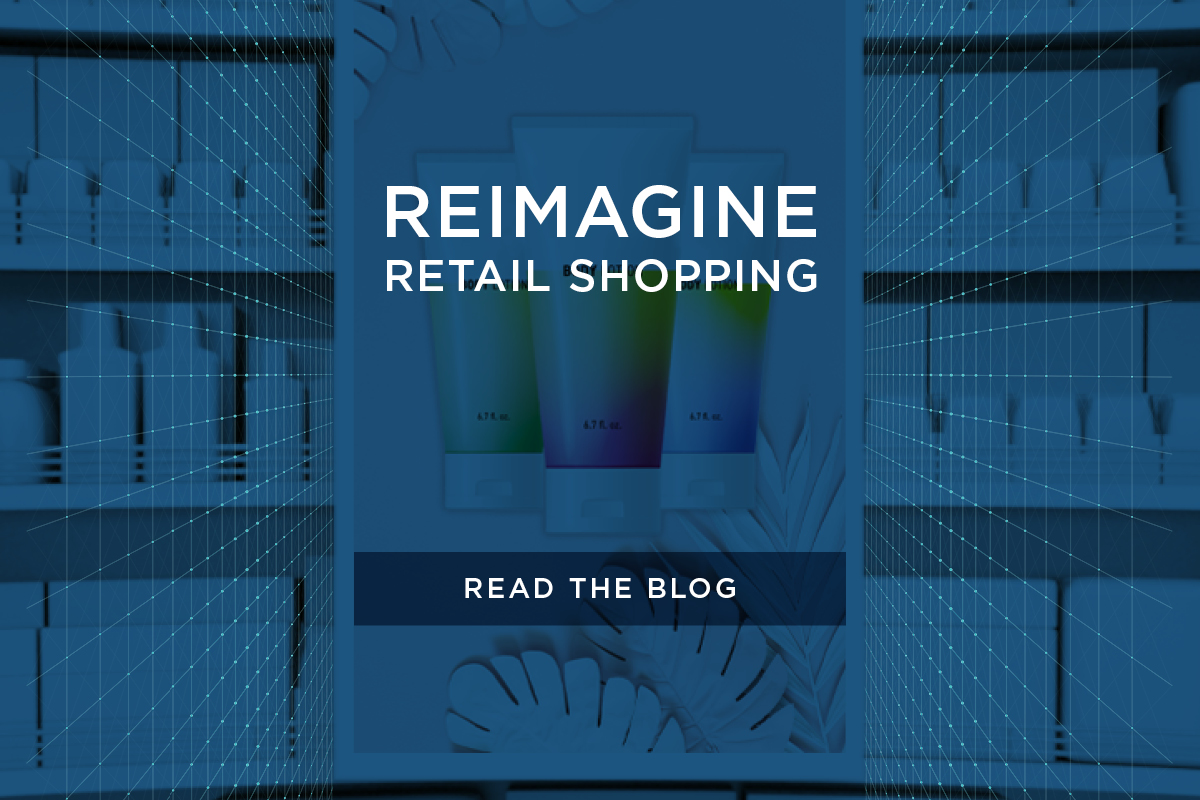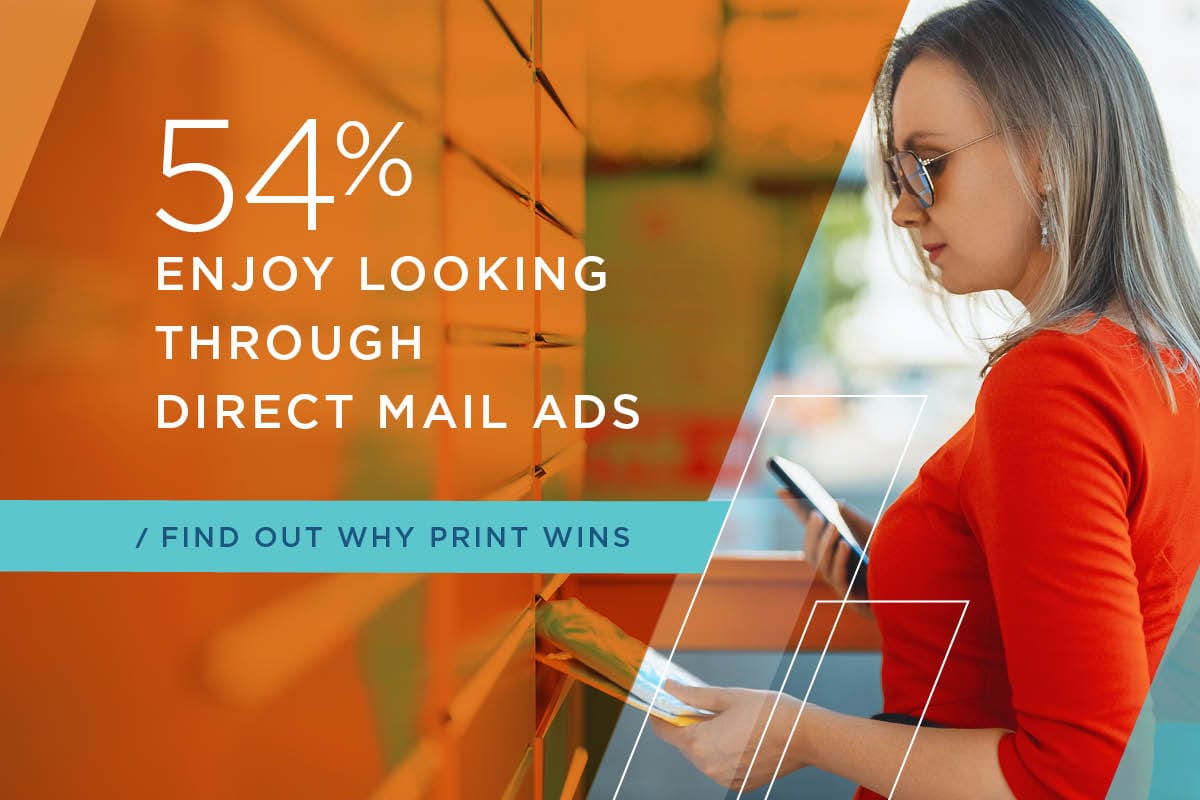Summary
We might think we live in the digital era of advertising effectiveness, but realistically, this is the age of the consumer.
This comes in stark contrast to the marketing models before it, from the “one to many” model of mass marketing to the more intimate “one to one” advertising capabilities of digital marketing. Now, “one to one” isn’t good enough. Consumers want to feel unique, and they have high expectations for the marketing messages they receive.
That means big competition for businesses in search of techniques for effective advertising. The ones that will come out on top are the ones that build their entire business model around not only understanding their customers, but also serving customers’ wants and needs.
Technology serves us well in this day and age, but it isn’t a full solution to the issues in the advertising industry. Advertisements can provide utility, product discovery, and entertainment, but most consumers aren’t getting value out of them, and it’s not their fault. Companies are investing in ad tech, but without strategy, it’s just clutter. Consumers want the ads that they see to be valuable for them.
Consumers who are concerned about their right to privacy in the digital age are more cautious than ever, so tracking their movement across websites and in the real world can backfire. Companies that are using data in irresponsible or intrusive ways are hindering the potential of these technologies, as consumers are turned off by these tactics. Losing sight of the fact that these are people, not numbers, can lead to bad advertising practices.
To learn more about the digital transformation in the marketing and advertising industry and how consumer behaviors determine the effectiveness of new advertising technology, listen to Valassis’ webinar “Powering the Evolving Consumer Journey, Part 2: What’s Not Working With Advertising,” featuring digital marketing expert Joanna O’Connell, vice president and principal analyst at Forrester.



